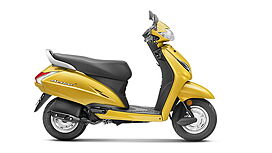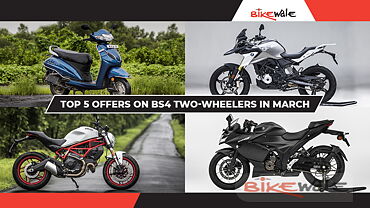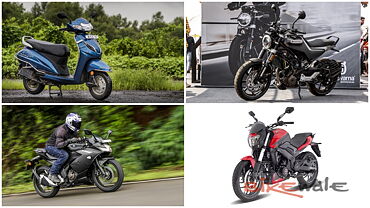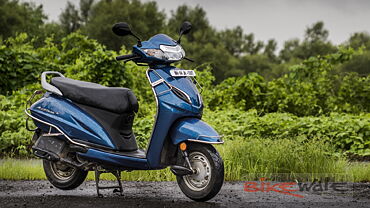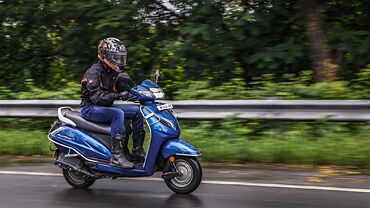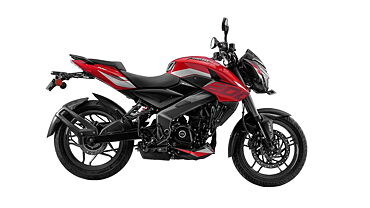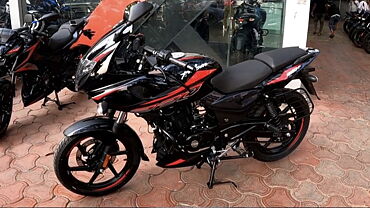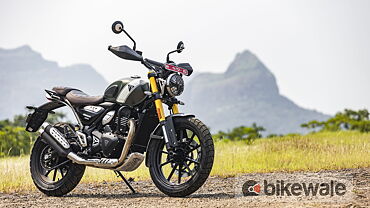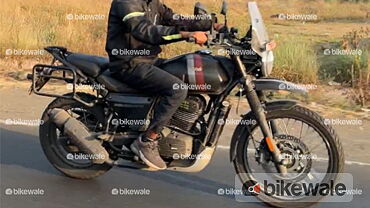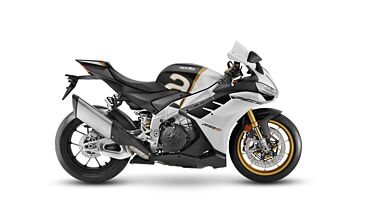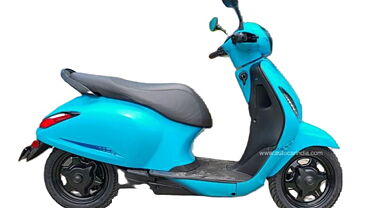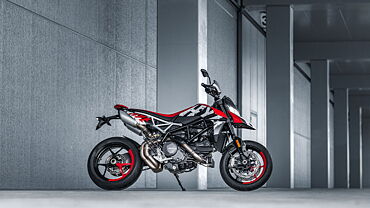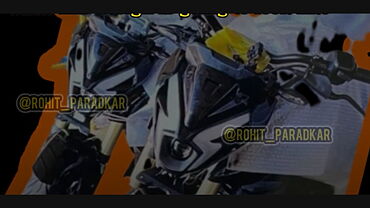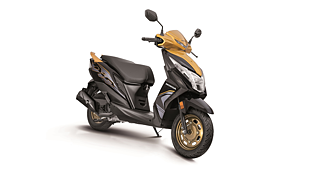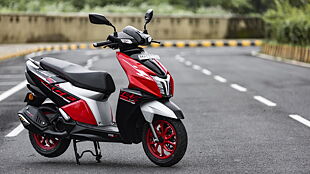How to choose the perfect helmet

‘Wear a helmet’, all the safety advertisements say. However, which one is the best for you? How do you choose the right one? We tell you to go about.
The helmet is the most important bit of safety gear and the biggest investment for motorcyclists. It will not only save your pretty face from getting scarred but also ensure that your brain remains captive in your skull. However, only a good quality, properly fitting lid will do the job well.
How do you determine good quality?
A good quality helmet is determined by the safety rating it carries. There are three main safety standards that test helmets for their level of safety- DOT, ECE and SNELL. In India, helmets need to be approved with the ISI mark.

DOT- All helmets with this sticker are rated by the Department of Transportation, USA.

ECE- These standards are determined by the Economic Commission for Europe. Any helmet with this sticker should meet the current ECE 22.05 standard.

SNELL:These safety standards are determined by the Snell Memorial Foundation. It is a voluntary testing procedure, with SNELL M2015 ratings for street-use helmets, and SA2015 for race-use helmets.

ISI: The Bureau of Indian Standards evaluates at the factory level the manufacturer’s capability to manufacture the goods it does. If the products pass the testing at the BSI’s facilities, they are allowed to have the ‘ISI’ mark on them. Remember, the recognisable mark needs to have a code both at the top and the bottom of it. The top should read ‘IS’ followed by a four-digit number, while the licence number below will have ‘CM/L’ followed by a seven-digit numeral. If one or both of these numbers are absent, that means that the product is not ISI certified. ISI certification is voluntary, just like SNELL certification.
Your helmet could have safety ratings of all three, either of the two or just one of these standards marked by stickers at the back of the lid. However, we recommend you opt for something that complies with the international certifications since it isn’t clear at this point what process the BSI uses to test motorcycle helmets.
Type of fastening straps
There are two types of fastening straps found on helmets-
Micro Metric Buckle

This buckle system works using a toothed clip on one end that goes into an open ratchet which is spring operated. The fitment and length can be fine-tuned using the length adjusters on one of the straps. The advantage of such straps is that it can be used with gloves on. However, it fails to be very safe as the toothed clip does not need to be fully in the ratchet to be closed and may come out in case of an accident.
Double D-ring belt

The Double D-ring strap is one of the least complicated and safest strapping systems available. It does not contain ratchets and can be secured by putting one end of the strap through both the metal rings on the other strap then looping it back into the first ring and securing it via a press-button lock. However, unlike the micro metric buckle, this type of belt is very difficult to operate with gloves on.
Types of helmets
Street or Full-face helmets

A full-face helmet like this Zeus ZS-811 helmet covers the entire head including the jaw area for increased protection. The visors are usually interchangeable, and some offer a second, tinted visor in the shell to help with visbility on bright days. Some full face helmets also include vents to increase air flow around the rider’s head, so make sure you get one of those for summer riding.
Half-face helmets

Like their name suggests, half-face helmets only cover the back of your head, the ears and cheeks, and therefore lack protection for the face and jaw area. Many half-face helmets also offer visors to reduce glare or offer protection from the wind. Half face helmets may appear to offer increased visibility and they certainly offer better airflow – but these helmets are ineffective at preventing injury to the jaw and to most of the face area.
Off-road helmets

The off-road helmet like this SOL SX-1 has an elongated nose-like structure that provides chin protection and a partially open face to give the rider increased visibility and airflow. Off-road helmets can either come with a visor or strap-on goggles.
How to measure your head for a perfect fit?
To get started, you will need-

1. A flexible tape/ cloth tape
2. A head on your shoulders

Step 1: Wrap the flexible or cloth tape around your forehead, just above the eyebrows to measure the size of your head.

Step 2: Refer the helmet manufacturer’s size guide. If your head size is between sizes, go for the smaller size. Note that sizes differ between manufacturers for example; a large size LS2 might be an XL size HJC helmet.
What’s your head shape?
A perfectly fit helmet is not only determined using head size but also considered using your head shape. Human heads are generally egg shaped, however, they are divided in three main types: round oval, intermediate oval and long oval. You can use a mirror or have someone look at your head from the top to determine your head shape.
How to check if the helmet fits?
Now that you know the size and shape of your head, it is time you put on a helmet to find out if it actually fits.
Step 1: Hold the helmet by the chin straps and roll the helmet from front to back.

Step 2: Gripping both sides of the helmet, try to roll it forward.

Step 3: Also try to move it from side to side. Try to lift the helmet up during the process. The helmet should be snug enough and must not move around much.

Step 4: Wear the helmet for as long as possible to check if it is comfortable. While it would be a bit tight at first, keeping it on for some time gets the padding to adjust to the shape of your head.
Step 5: The helmet should fit evenly with the upper edge just above your eyebrows. Also make sure that you have good all-round vision.

Step 6: Put a finger between the helmet interior and your head. If it easily fits, try a smaller size or a different helmet to fit your head shape.

Step 7: After you take the helmet off you should not find any sore spots on your face. These pressure points could be problematic in the long run.
Finally..

Do not buy a helmet that is not a perfect fit just because it is affordable or has the design that appealed to you. A large helmet will be noisier and completely ineffective during a crash.

Although choice of colours, patterns and shield tint are based on individual preferences, a brighter helmet makes it easier to spot the rider. Visor tints should be kept for daytime riding as they might hinder vision in the night.
Photography by Kaustubh Gandhi
Gallery
1/22
How to choose the perfect helmet
Double Tap to Zoom











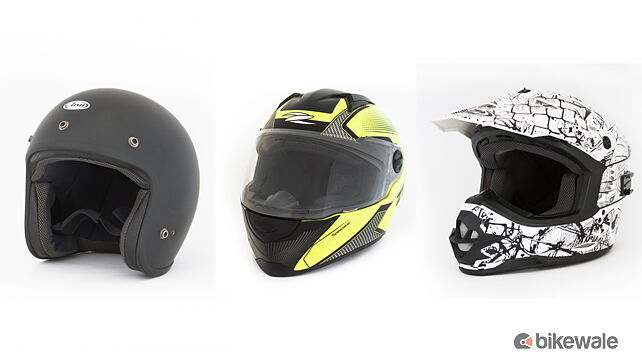







![[object Object] ThumbNail Images [object Object] ThumbNail Images](https://imgd.aeplcdn.com/642x361/bw/ec/33526/How-to-choose-the-perfect-helmet-122688.jpg?wm=2&q=80)
![[object Object] ThumbNail Images [object Object] ThumbNail Images](https://imgd.aeplcdn.com/642x361/bw/ec/33526/How-to-choose-the-perfect-helmet-122689.jpg?wm=2&q=80)
![[object Object] ThumbNail Images [object Object] ThumbNail Images](https://imgd.aeplcdn.com/642x361/bw/ec/33526/How-to-choose-the-perfect-helmet-122690.jpg?wm=2&q=80)
![[object Object] ThumbNail Images [object Object] ThumbNail Images](https://imgd.aeplcdn.com/642x361/bw/ec/33526/How-to-choose-the-perfect-helmet-122691.jpg?wm=2&q=80)
![[object Object] ThumbNail Images [object Object] ThumbNail Images](https://imgd.aeplcdn.com/642x361/bw/ec/33526/How-to-choose-the-perfect-helmet-122692.jpg?wm=2&q=80)
